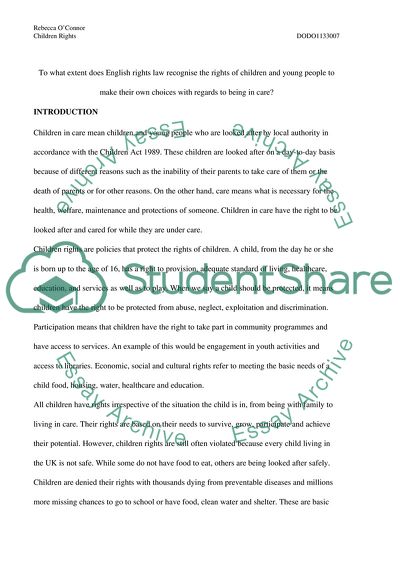Cite this document
(Children Rights Essay Example | Topics and Well Written Essays - 2750 words, n.d.)
Children Rights Essay Example | Topics and Well Written Essays - 2750 words. https://studentshare.org/sociology/1821482-children-rights
Children Rights Essay Example | Topics and Well Written Essays - 2750 words. https://studentshare.org/sociology/1821482-children-rights
(Children Rights Essay Example | Topics and Well Written Essays - 2750 Words)
Children Rights Essay Example | Topics and Well Written Essays - 2750 Words. https://studentshare.org/sociology/1821482-children-rights.
Children Rights Essay Example | Topics and Well Written Essays - 2750 Words. https://studentshare.org/sociology/1821482-children-rights.
“Children Rights Essay Example | Topics and Well Written Essays - 2750 Words”. https://studentshare.org/sociology/1821482-children-rights.


